Valencia
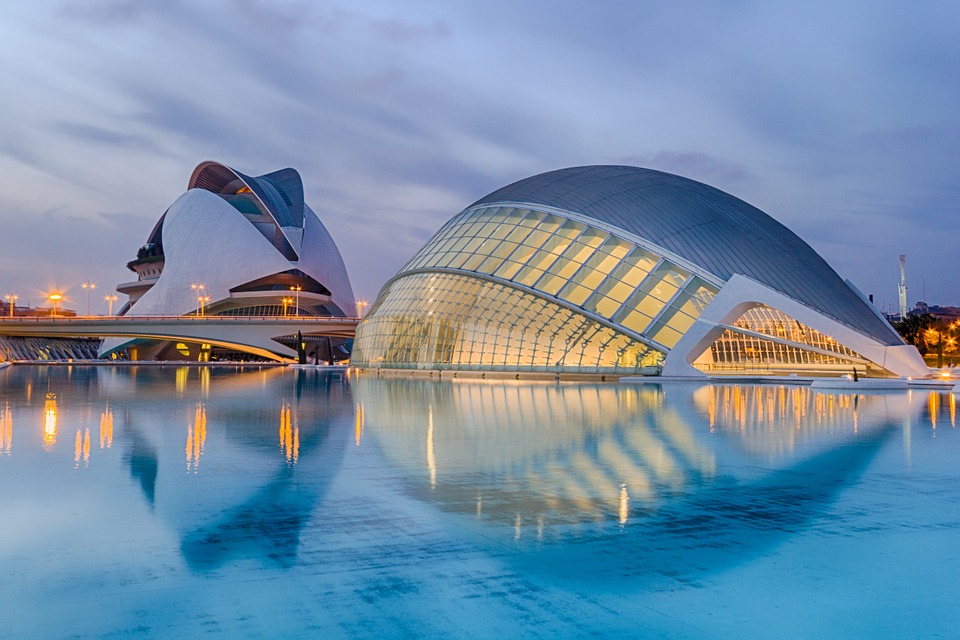
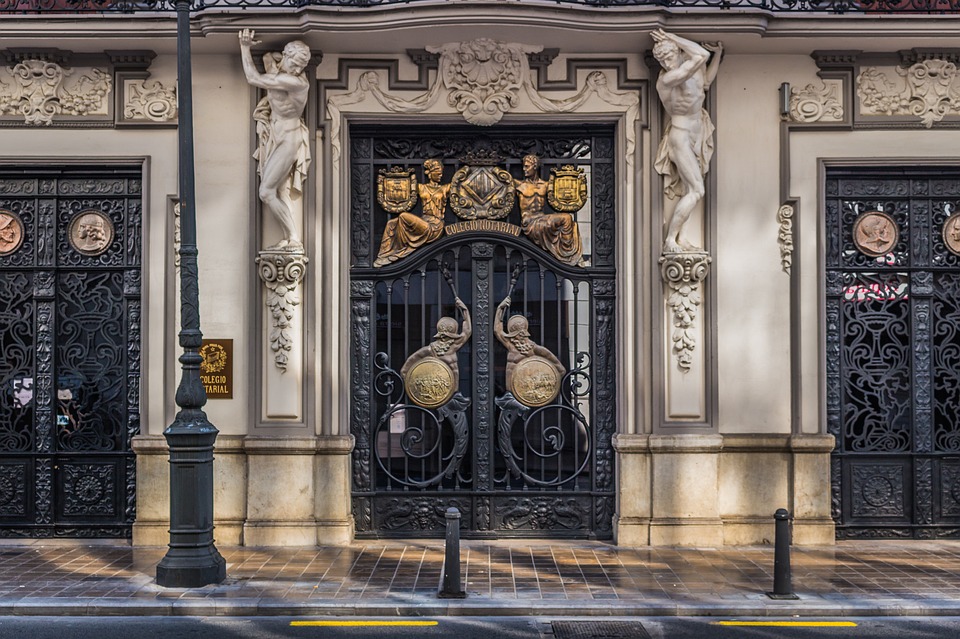
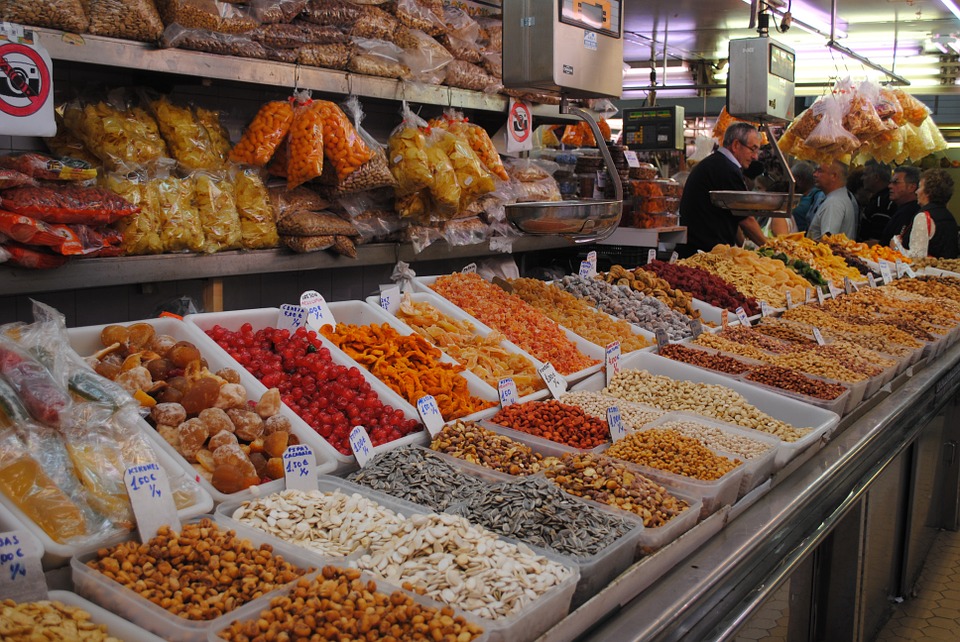
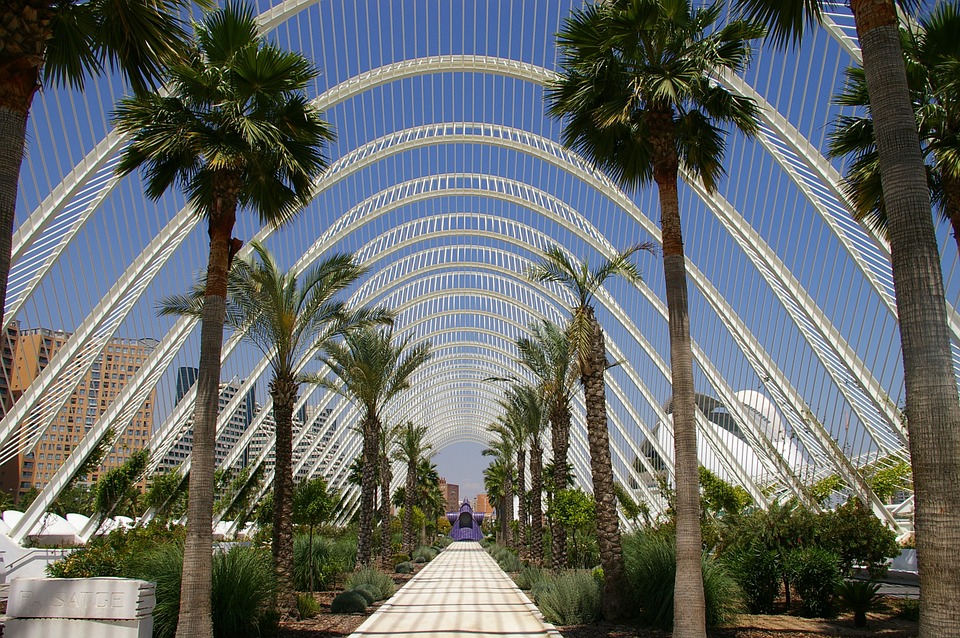
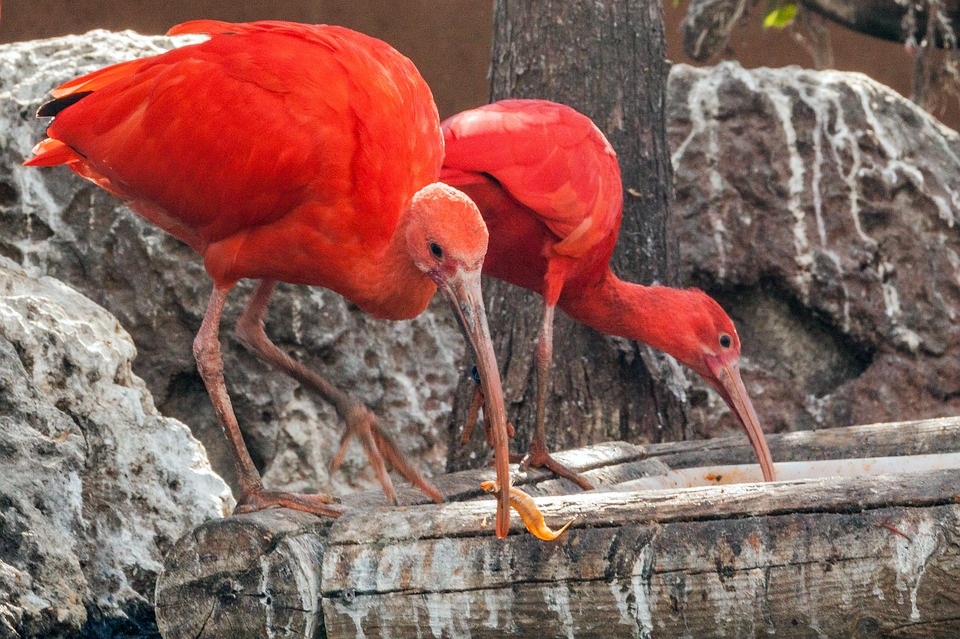
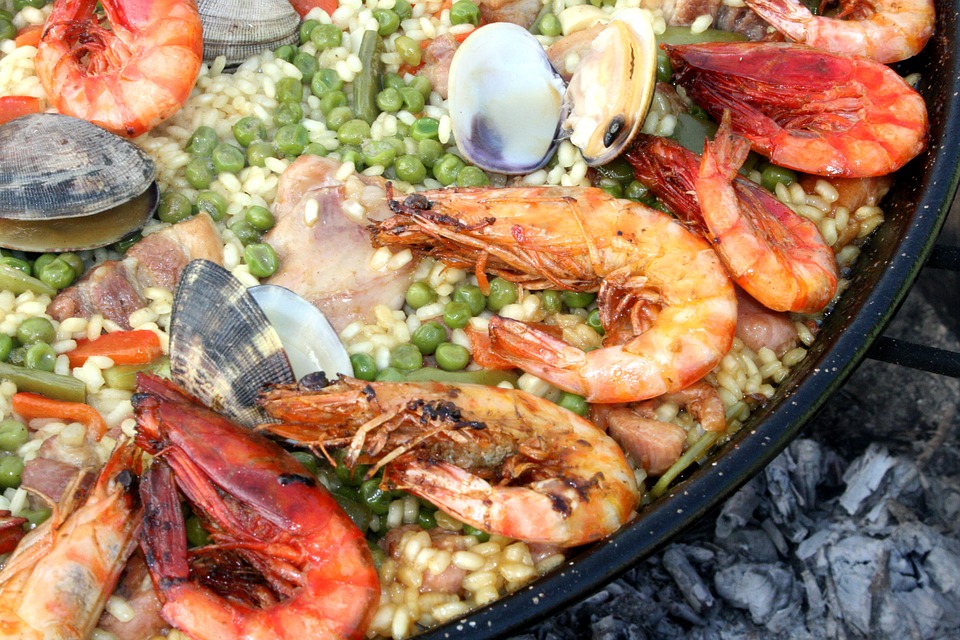
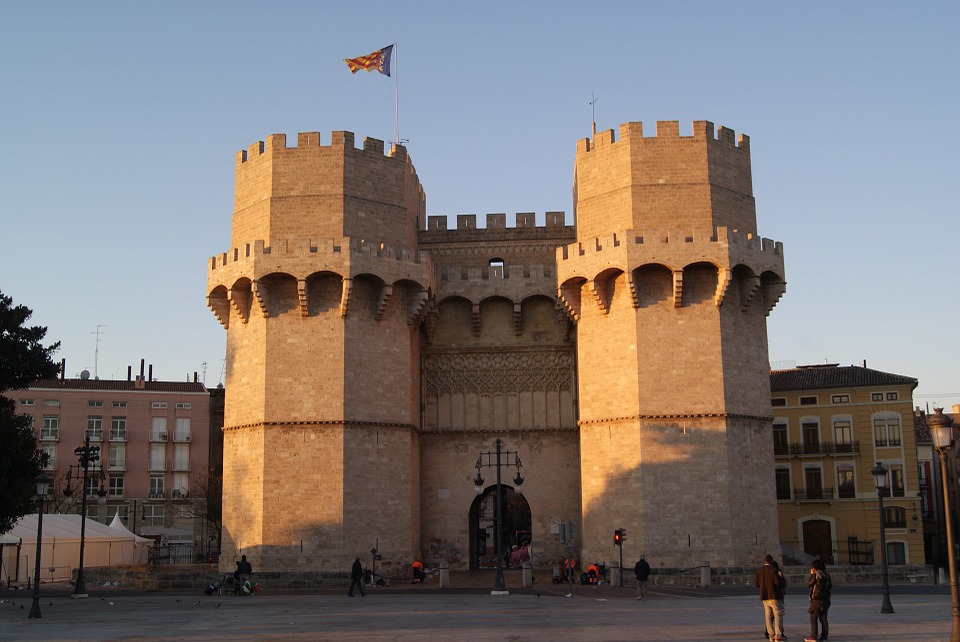
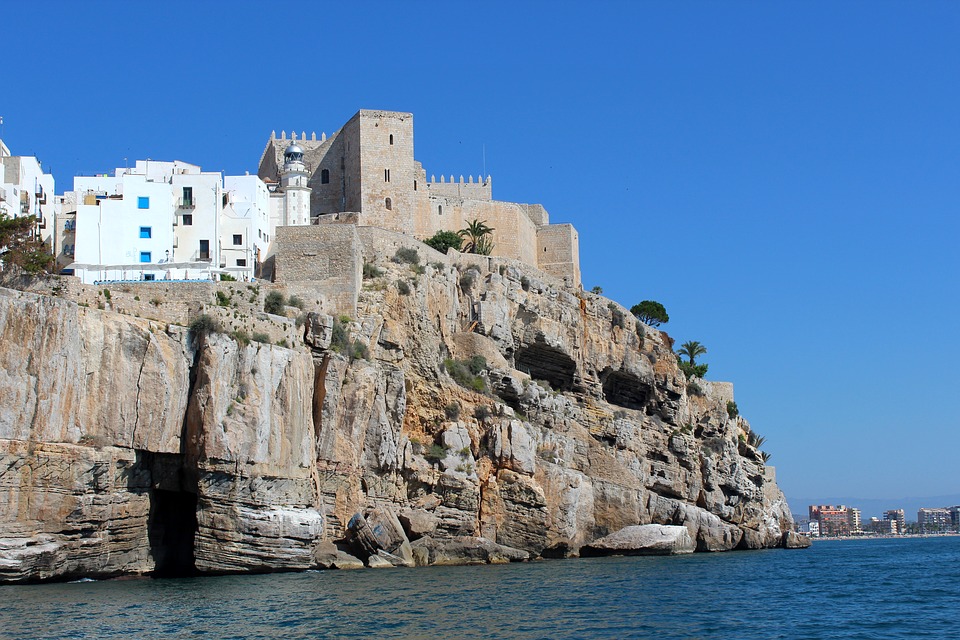
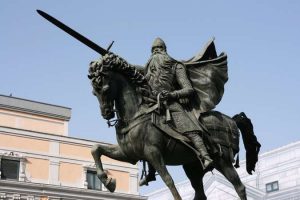 Valencia, Valencian València, city, capital of both Valencia provincia (province) and the comunidad autónoma (autonomous community) of Valencia, and historical capital of the former kingdom of Valencia, eastern Spain. Located on the Mediterranean coast at the mouth of the Turia (Guadalaviar) River, it is surrounded by orchards in a region known as the Huerta de Valencia. The earliest mention (Valentia) is by the Roman historian Livy, who states that the consul Decimus Junius Brutus Callaicus settled the soldier veterans of the Lusitanian leader Viriathus there in 138 BCE. It later became a prosperous Roman colony.
Valencia, Valencian València, city, capital of both Valencia provincia (province) and the comunidad autónoma (autonomous community) of Valencia, and historical capital of the former kingdom of Valencia, eastern Spain. Located on the Mediterranean coast at the mouth of the Turia (Guadalaviar) River, it is surrounded by orchards in a region known as the Huerta de Valencia. The earliest mention (Valentia) is by the Roman historian Livy, who states that the consul Decimus Junius Brutus Callaicus settled the soldier veterans of the Lusitanian leader Viriathus there in 138 BCE. It later became a prosperous Roman colony.
Taken by the Visigoths in 413 CE and in 714 by the Moors, it became in 1021 the seat of the newly established independent Moorish kingdom of Valencia, which extended from Almería to the Ebro estuary. From 1089 until the final capitulation of the city in 1094, the kingdom was fought for by the Spanish soldier-hero El Cid, who eventually secured it from the Moorish Almoravids. It remained in the hands of El Cid, after whom it is sometimes called Valencia del Cid, until his death there in 1099. The Moors recovered the city (and kingdom) in 1102.
The City of Arts and Sciences – An impressive city that can be enjoyed both inside and out, whether by watching an opera or 3D IMAX film, or visiting the interactive museum or the largest aquarium in Europe. Book a tour
Cathedral and Plaza de la Virgen – The Cathedral is a beautiful mixture of Romanesque, Baroque and Gothic styles. The Holy Chalice is preserved inside the Cathedral and if you go up the 207 steps of the Miguelete tower you will be able to enjoy a 360º view of the city. Book a tour
Lonja de la Seda (Silk Exchange) – This Valencian Gothic-style civil building was declared a World Heritage Site in 1996 by UNESCO and it is a surprising and essential visit when in Valencia. Book a tour.
El Carmen neighbourhood and its palaces – Forget following maps and explore the maze of cobbled streets in the thousand-year-old neighbourhood that arose within Muslim and Christian walls. You will find medieval buildings, palaces, frescoes and restaurants that you will not be able to resist. More…
Central Market – Valencian cuisine has many things to boast about and you can find them all at the Central Market, the biggest market with fresh produce in Europe full of Mediterranean flavours and aromas. More…
Oceanogràfic – With over 45,000 animals of over 500 species, the Oceanogràfic is the largest aquarium in Europe. It is a true homage to our planet’s seas and oceans. Book a tour
Valencia Marina and beaches – Enjoy kilometres and kilometres of beaches with blue flags. Relax in front of the sea from any of the many restaurants at the Marina or from the Veles e Vents building. More…
Museums – There are 34 museums in the city: From the second largest picture gallery in Spain, the Museum of Fine Arts of Valencia, to modern art at IVAM, as well as the National Ceramics Museum, the Falla Museum, the Centre del Carme or the Bomba Gens Art Centre. Book a tour
Albufera Natural Park – Pure nature, dreamy sunsets, boat rides and completely switching off for a while. Like an oasis surrounded by rice fields and forests. We are obviously talking about La Albufera in Valencia, the place where paella was invented. More…
Turia Gardens
Discover it by bike or on foot, and take in its 18 bridges that cross the gardens. A 9-kilometre lush garden full of secrets: Gulliver, Palau de la Música, the City of Arts and Sciences… More…
Bioparc – Lemurs, hippopotamuses, elephants, hyenas, giraffes, meerkats, lions, gorillas and a long etcetera. Bioparc Valencia is full of fun and pure nature! More…
San Nicolás frescoes – Also known as the Valencian Sistine Chapel, make sure your eyes are wide open to take in the spectacular frescoes on the life of San Nicolás de Bari and San Pedro Mártir. Book a tour.
Colon Market and Ruzafa – Restaurants, leisure, shops and plenty of culture in the heart of the Valencia. Excellent shopping area and many places to enjoy Valencian cuisine. Mas…
Palace of the Marqués de Dos Aguas. National Ceramics Museum – Discover its amazing façade sculpted in alabaster and enjoy the magnificent palace rooms where you will find authentic treasures from the National Ceramics Museum. More…
Museum of Fine Arts – Visit the second largest picture gallery in Spain, with pieces by Sorolla, Goya and Velázquez, as well as a collection of unique medieval reredos. Free entry. More…